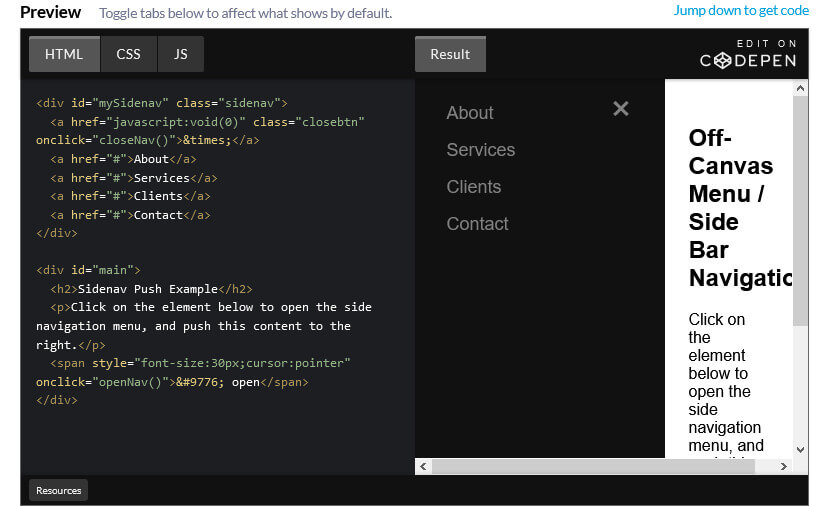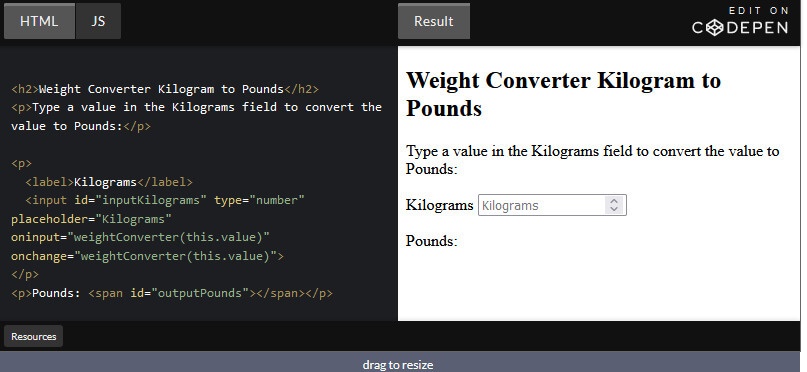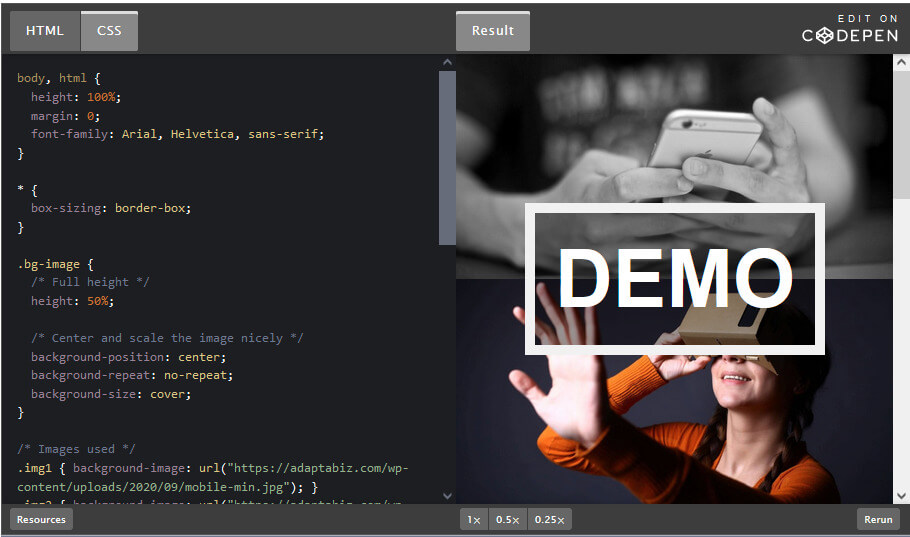In today’s World, Applications of VR / AR are not limited to Entertainment purposes only, but for various other sectors also. For Eg : Medical , Military , Shopping, Marketing etc. When we talk about the impact of AR and VR in Education, VR and AR technologies are gradually transforming the education world’s learning experience. Today, VR and AR technologies are remodelling the whole education system in schools and universities. Students are joyfully engaging in 3D technologies to get a more engaging learning experience with their applications.
Augmented and Virtual Reality in Education
Statistics from a National Survey are showing that 90% of educators agree that VR technology is quite an effective way of providing differentiated and personalized learning experiences for students. One of the main struggles teachers face is capturing and maintaining students’ attention, and VR and AR are not only enabling teachers to capture kid’s attention, but also to teach in a more exciting, productive way that at the same time eases the explanation process and is more fun for the kids.
In classrooms that have implemented VR and AR as part of their education, there is increased interest. We already mentioned why teachers like using it, but studies also confirm that students—97% of them—actually voted that they would attend a class/course with VR. Considering the current situation with COVID-19 where kids need to learn from home, as well as the inevitable need of reforming the school system, many see AI, AR, and VR as the future of education.
Education is expected to be the 4th largest sector that will invest in VR investment. Many studies including this one done by Statista are predicting that by 2025, VR in education is to be a $700 million industry.
Some of the fields where AR/VR are being used are:
Sciences: Educational institutions are harnessing the visual and sensory power of VR to teach students subjects such as human and animal anatomy, molecular biology, chemistry and atomic physics. Astronaut and pilot training makes extensive use of the extended reality technology.
Humanities: Virtual tours to historical monuments and archaeological sites in far off places are enriching the learning experience of history, archaeology and political science students. Furthermore, students of arts get first-hand experiences of the world’s top museums and the artworks housed therein through VR.
Business Studies: Different business and economic models can be better explained to students through the use of AR/VR. In business education, the real buying-selling, the in-store experiences, production line, supply chain etc. could be made visibly understandable and experiential with the use of AR/VR. The technology comes in very handy in making students corporate-ready.
Architecture & Engineering: The most widespread use of AR/VR is witnessed in the fields of architecture and engineering. Using VR technology, the designers are able to not just better implement their vision by creating to-scale 3-D models, they are pushing the boundaries of physics and mechanics by creating the most imaginative and innovative designs.
Communication Skills: Across the disciplines, VR tech is being used by students to enhance their communication skills, particularly public speaking abilities. There are VR e-learning virtual speech courses that allow students to choose the size of the crowd being addressed and then practise public speaking and presentation skills.
Advantages of AR/VR in Education
The biggest benefit of AR/VR in education is the learning outcome of students.
- AR/VR makes learning immersive and experiential
- It leads to enhanced memory retention among students
- It is particularly of great aid to students with learning difficulties
- It dissects and simplifies complex topics and concepts for better understanding
- It promotes self-learning and self-sufficiency among students
- It is a great training tool and instils confidence in learners
- It makes remote learning engaging and interesting
Future Aspects of AR & VR in Education
VR and AR are emerging sectors that have immense potential to influence education positively. They can generate deep learning experiences that facilitate learning by doing, which conclusively intensifies learning effectiveness.
Advancing further, AI-driven private tutors that can keep track of your learning choices and behaviour, counsel progress, and suggest solutions to build customized learning modules may not be a distant reality.
As per ABI Research’s recent report, the global education sector will expectedly spend more than $6billion annually on AR and VR technologies by the end of 2023. It also states that the market will hit $5.3 billion mark in 2023. According to another study by Industryarc, India’s AR and VR educational market is already booming and is expected to witness exponential growth in the times ahead.
These reports further depict that India being an emerging market will increasingly adopt these new-age technologies so as to upscale the Indian higher education scenario. Innovation in the immersive technology domain, rising demand for personalized learning experiences along with the increasing use of connected devices in the education system are the major driving factors majorly contributing the growth.










